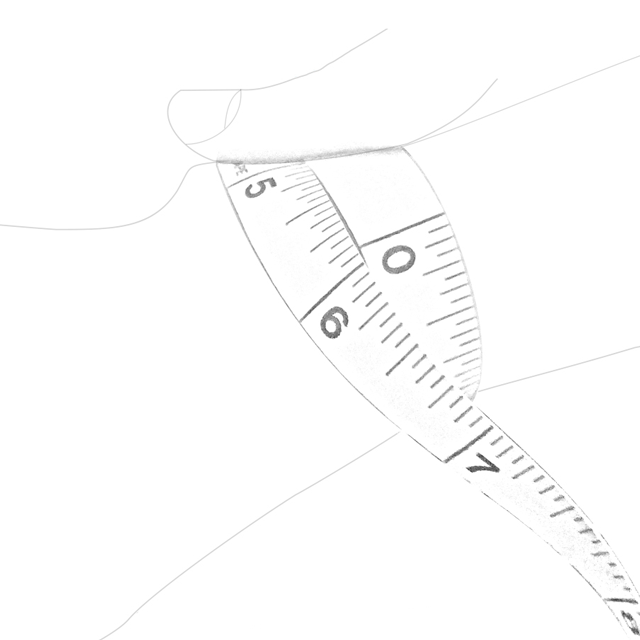Peg’s Posts: Cruising with Forerunner
Here’s what John had to say: “Technically it would calculate the sum of the two. But in practice it should give you the correct distance as long as your path was circular, you ended where you started, and your running speed was less than or equal to the speed of the cruise ship. So when you were moving in the same direction as the ship, you would get credit for more distance than you actually traveled, but then you would have to turn and head back the other way in which case the GPS would report less distance.
If however, the cruise ship is moving faster than you, then you would get credit for the cruise ship’s distance in both directions of your lap and your total distance would be exaggerated. Of course, standing still on the deck of the cruise ship will tell you the speed at which the ship is moving and you could set a speed alert to keep yourself above that value, but most cruise ships travel at 23 miles an hour, so good luck with that.”
 Here’s a follow-up from another engineer, Brian: “This condition would only hold true if you were only running in line with the ship’s movement. If you are traveling equal to or faster than the speed of the ship, your movement in the same direction as this ship will be exaggerated the exact same amount as your movement in the opposite direction is decreased. However, if you are running loops on the ship (shown as squares to simplify), your movement that is perpendicular to the ship’s is exaggerated in both directions.
Here’s a follow-up from another engineer, Brian: “This condition would only hold true if you were only running in line with the ship’s movement. If you are traveling equal to or faster than the speed of the ship, your movement in the same direction as this ship will be exaggerated the exact same amount as your movement in the opposite direction is decreased. However, if you are running loops on the ship (shown as squares to simplify), your movement that is perpendicular to the ship’s is exaggerated in both directions.
If the ship is moving faster than you (the more likely scenario), the distance you traveled will be the distance the ship traveled, plus the amount your movement not in line with the ship’s trajectory adds to its path. The simplest way to accurately measure your distance traveled on a ship would be to make to recordings. One from the watch you are wearing, and one from a watch that was stationary on the ship while you were running. The points from the stationary watch could be used to adjust the points from your watch, and produce a track log that reflects your actual workout.”
An even simpler solution: if you have a foot pod (an accessory that records your distance for indoor workouts), turn the GPS function off on your Forerunner and simply use the foot pod to track your distance. Thanks to John and Brian for their input on this perplexing issue. For those readers who want a more in-depth explanation, John said he’d gladly do some on-the-water testing in exchange for an expense-paid trip. Leave your name and number and I’ll put you in touch. (And keep in mind, if you’re on Twitter and want to keep in touch with Garmin, sign up to follow JakesJournal.)
The post Peg’s Posts: Cruising with Forerunner appeared first on Garmin Blog.
Sample Block Quote
Praesent vestibulum congue tellus at fringilla. Curabitur vitae semper sem, eu convallis est. Cras felis nunc commodo loremous convallis vitae interdum non nisl. Maecenas ac est sit amet augue pharetra convallis nec danos.
Sample Paragraph Text
Praesent vestibulum congue tellus at fringilla. Curabitur vitae semper sem, eu convallis est. Cras felis nunc commodo eu convallis vitae interdum non nisl. Maecenas ac est sit amet augue pharetra convallis nec danos dui.
Cras suscipit quam et turpis eleifend vitae malesuada magna congue. Damus id ullamcorper neque. Sed vitae mi a mi pretium aliquet ac sed elitos. Pellentesque nulla eros accumsan quis justo at tincidunt lobortis denimes loremous. Suspendisse vestibulum lectus in lectus volutpat, ut dapibus purus pulvinar. Vestibulum sit amet auctor ipsum.

